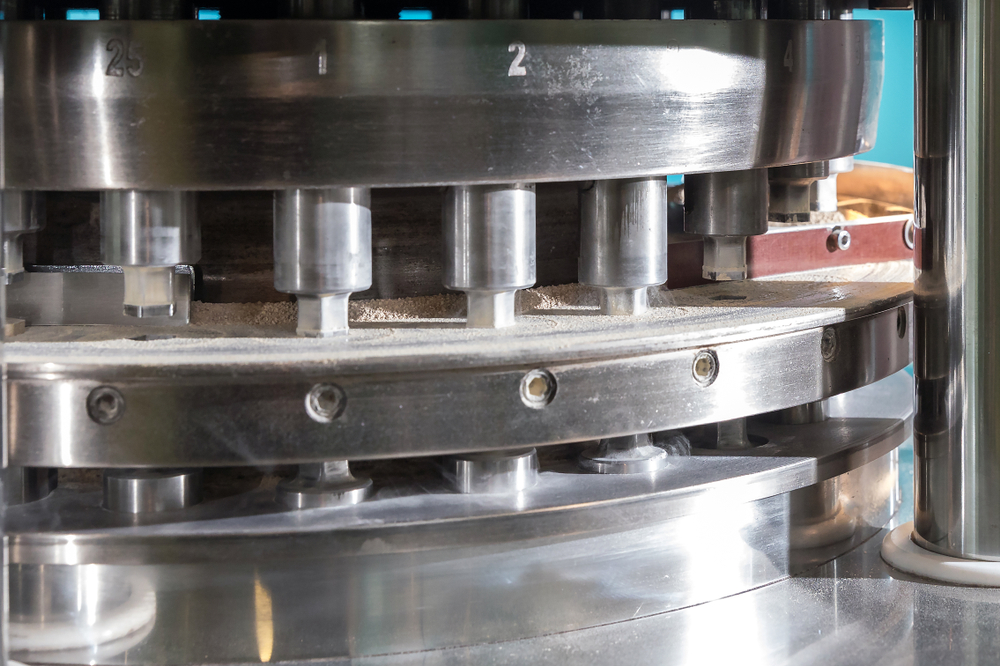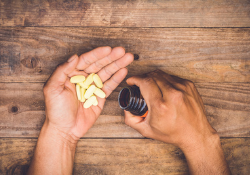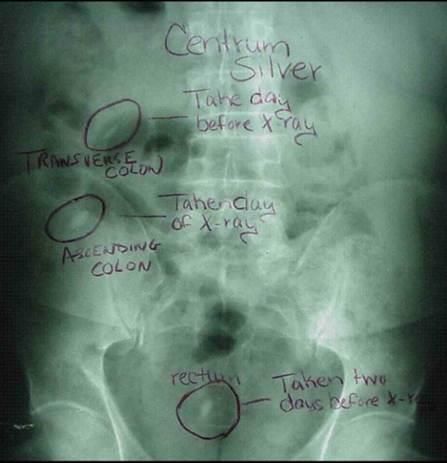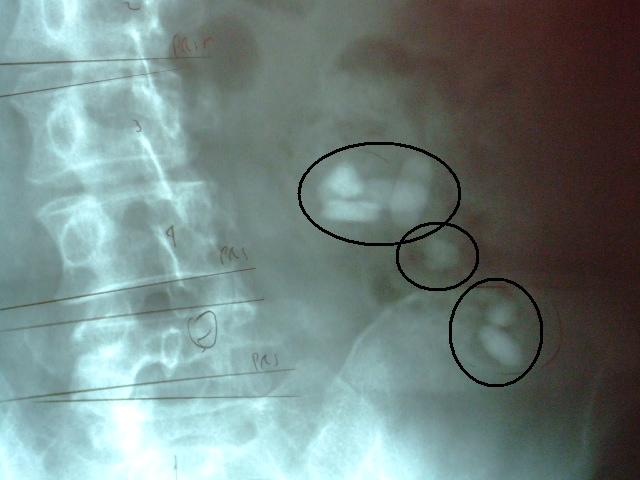Imagine yourself walking on an autumn day, and the pathway is covered with dried leaves. If you were to pick the leaves up and crumble them into a powder and pack them as tightly as you can into your hands, how well would they stick together? The answer is they wouldn’t stick together. There’s just about nothing else on Earth that’s less sticky than dried leaves.
Manufacturing Process of Vitamin Tablets
A typical vitamin tablet consists of 25-40% medicinal ingredients such as dried leaves, roots, and stems. The rest is a sticky tablet dough formulated with binders, fillers, glue, and shellacs, where their only purpose is to hold all of the other active medicinal ingredients together inside of the tablet.

This tablet dough is placed into a tablet press machine. It passes through a hydraulic press that presses the dough with tens of thousands of pounds of pressure, compressing it into the consistency of a rock. All of this allows these tablets to survive the manufacturing process, the bottling process, and shipping the product to you without it breaking up. However, it also makes them very, very difficult to digest.
Taking a Closer Look at Supplement Absorption & Nutrient Delivery
Take someone whose health is not ideal — the likelihood that they have poor digestive health is very high. Giving this individual a vitamin tablet that is nearly impossible to digest, expecting it to help the condition that is making digestion particularly difficult in the first place, is a losing gambit. This is why you will never see us use tablets in our formulation. If you can’t digest the ingredients, they do you no good.
Doctors and hospital staff often find non-digested tablets in abdominal x-rays, waiting to be eliminated from the patient’s intestinal tract.
The only reason why supplement manufacturers produce tablets rather than a two-part capsule is that it’s dirt-cheap to make a tablet. This way, they don’t have to spend a lot of money on quality medicinal ingredients. They’re paying much less money on something that’s between 60-75% fillers, making it way cheaper to produce, bottle, and deliver your supplement product to you.
This is one of the reasons why we recommend never investing your health in a tabletted product because it’s very likely that the manufacturers didn’t value “building a healthy product” for their consumers. They cared about making that product cheap for them so that they could pass on and make a whole bunch of money off of you.
How to Choose a Digestible Vitamin or Supplement
If you choose to supplement with vitamins and medicinal herbs, we recommend buying them in one of three ways:
- Powder Supplements: Mix directly with liquids such as water.
- Vegetable-based Capsules: Two-part capsules made from vegetable fiber.
- Softgels: Sealed, liquid-filled gel capsules made from animal-based or vegetable-based gelatin.
The enzymes produced by your body can digest these three supplement forms very quickly, so you will never see them show up on an abdominal x-ray.




